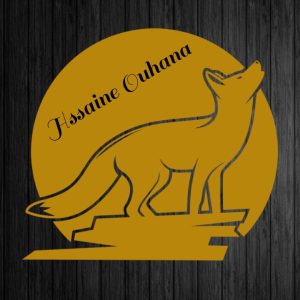Morocco is a multilingual country located in North Africa. The country has a rich linguistic heritage, with several languages spoken throughout the country. The official language of Morocco is Modern Standard Arabic, which is used in official government communications, the media, and in education. However, there are several other languages spoken in Morocco, including Moroccan Arabic, Tamazight, French, Spanish, English, Hebrew, and Hassaniya Arabic, Morocco languages.
Moroccan Arabic, also known as Darija, is the most widely spoken language in Morocco. It is a dialect of Arabic with influences from Berber languages and French. Moroccan Arabic has its own unique vocabulary, pronunciation, and grammar. It is primarily spoken in urban areas and is the language of everyday communication among Moroccans.
Tamazight is the Berber language spoken by the indigenous Berber people of Morocco. It has several dialects, including Tarifit, Tashelhit, and Tamazight, and is spoken primarily in rural areas. Tamazight has been recognized as the official language of Morocco since 2011, and efforts have been made to promote its use and preserve its cultural heritage.
French is widely spoken in Morocco, particularly in business and education. It is also used in the media and government. French was introduced to Morocco during the colonial period, and it remains an important language for communication and international relations.
Spanish is spoken by some Moroccans, particularly in the north of the country, due to its historical ties with Spain. Spanish is also taught in some schools as a second language.
English is becoming more widely spoken in Morocco, particularly in urban areas and among the younger generation. It is taught in schools as a foreign language, and many Moroccans learn English through exposure to English-language media and the internet.
Hebrew is spoken by a small number of Moroccan Jews, particularly those living in the cities of Casablanca and Marrakech. Hebrew is an important part of the cultural heritage of Moroccan Jews, and efforts have been made to preserve and promote its use.
Hassaniya Arabic is spoken in the southern regions of Morocco and is closely related to the Arabic dialects spoken in Mauritania and Western Sahara. Hassaniya Arabic is also spoken in other parts of the Maghreb, including Algeria and Tunisia.
In addition to these languages, there are also several other languages spoken by small communities in Morocco, including Portuguese, Italian, and German. These languages are primarily spoken by expatriates and tourists.
The multilingualism of Morocco is an important aspect of its cultural heritage and reflects the country’s diverse history and traditions. The use of multiple languages has helped to create a rich linguistic landscape and has contributed to the country’s cultural richness and diversity.
In recent years, efforts have been made to promote linguistic diversity and preserve Morocco’s linguistic heritage. The Moroccan government has introduced policies aimed at promoting the use of Tamazight and other minority languages, and there has been a growing interest in language education and language revitalization programs.
In conclusion, Morocco is a multilingual country with a rich linguistic heritage. While Modern Standard Arabic is the official language, Moroccan Arabic, Tamazight, French, Spanish, English, Hebrew, and Hassaniya Arabic are also spoken throughout the country. The use of multiple languages has helped to create a diverse cultural landscape and has contributed to the country’s unique identity and character.


Leave a Reply